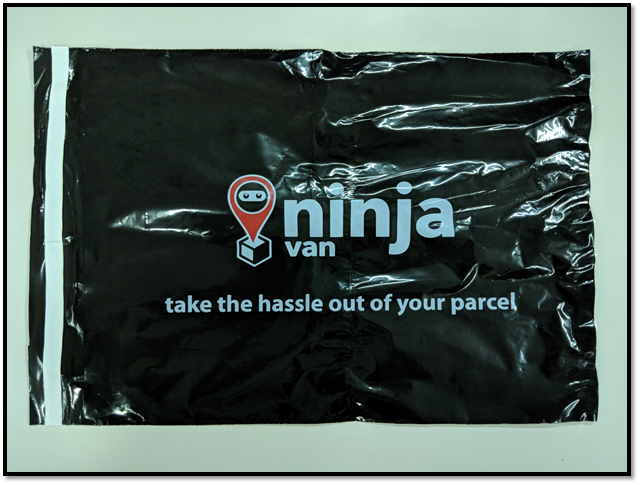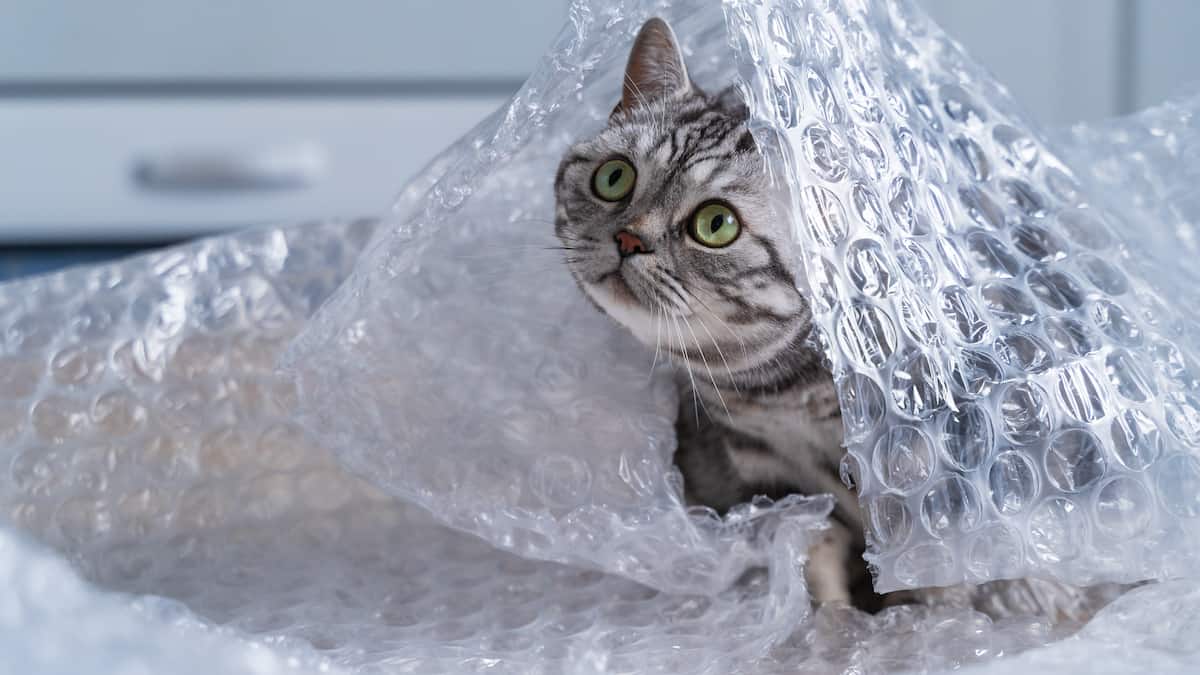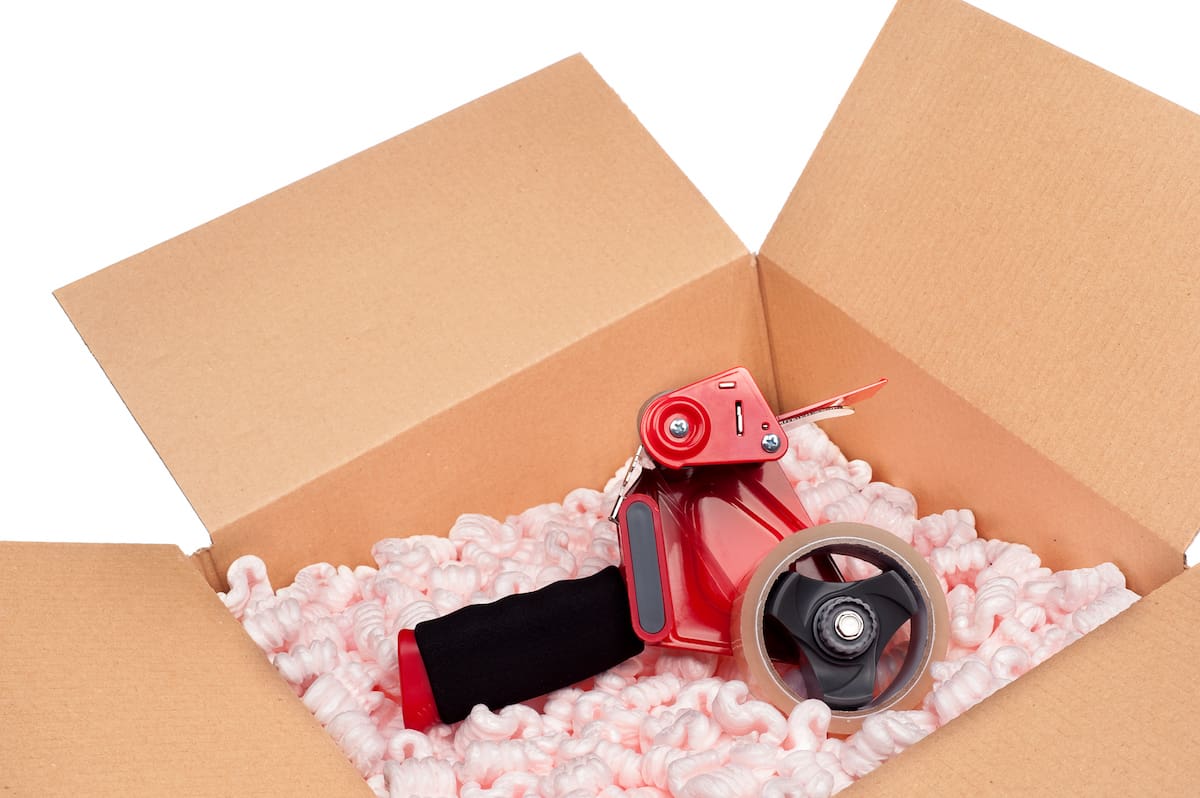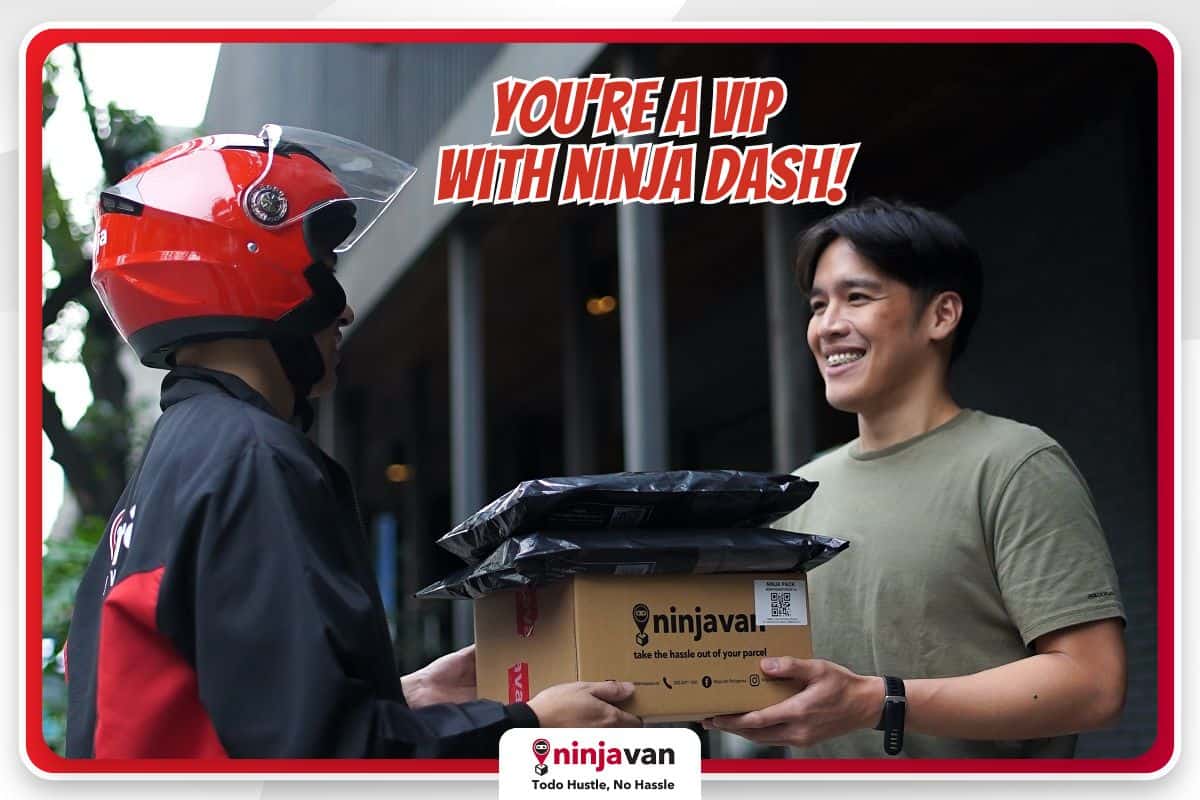Shipping parcels to anywhere around the world has never been as fast and efficient as it is today. One of the greatest advances in logistics is in the packaging – utilizing materials that are durable, space-saving, weather-proof, and cheap.
The primary role of the packaging is to make sure that the integrity of the parcel will be kept intact as it goes through several processes—from transport, sorting, customs (if it crosses international borders), and unforeseen accidents that might happen in between.
But do you actually know how to pack your parcel?
3 layers of packaging
As careful as logistics providers are in handling parcels, there’ll always be that unexpected bump on the road, a nasty turbulence, or accidents that can cause your parcels to be shaken up. This is why proper packaging plays a crucial role in making sure that your customers receive the package in perfect condition.
Ideally, an item is wrapped in three different layers of packaging to protect it from the elements and other unexpected events.
The primary layer of packaging is what is directly wrapped around the product, like a shirt in its own clear plastic wrap or the clear film that’s wrapped around most gadgets. This protects the product from friction with other parts of the packaging.
The secondary layer of packaging, which is often stronger than the primary layer, is what protects the product from external forces, and makes it easier to stack up with other items. The shoe boxes that keep sneakers in pristine condition, or the sturdy boxes that keep your gadgets from being tossed around. Some items, like a pajamas, a box of surgical face masks, or that pair of rubber slippers don’t need a secondary layer of packaging.
The third layer of packaging is what one would see upon receiving a delivery. Aside from having delivery details, it’s also designed to easily go through the sorting process, and protect the items inside from moisture, dust, and even extreme heat from the sun, and the prying eyes of that nosy neighbor.

The different kinds of packaging
There’re several ways on how you can pack a certain item, and just like anything on this planet, you can overdo it. Yes, there is such a thing as overpackaging. Not only is it excessive, but overpackaging contributes to the pollution, and adds unnecessary weight (aka cost) to your parcel.
Have you ever received a shirt on your doorstep that had more wrapper than ancient Egyptians did for their mummies? That’s just too expensive and unnecessarily wasteful! We rounded up some of the most common packaging materials used today to help you decide the packaging that works best for you.
Poly mailer bags

Probably the most popular packaging available right now, the poly mailer bags are plastic packaging that most logistics companies use due to its durability, weatherproof, and capacity to meet various weight requirements. It’s really just a sealable plastic bag that can fit several items for shipping.
Best for: Clothing, fashion items, and other products that have their own boxes.
You can buy some easily off Ninja Van’s web store!
Corrugated boxes

One of the most common packaging materials out there, corrugated boxes provide a sturdy support for the products inside. This one is often used for items or parcels that are too big to fit into a poly mailer bag or need extra protection during transit.
Best for: Almost anything that wouldn’t fit in a poly mailer bag.
Bubble wrap

A bubble wrap is a sheet of plastic with uniform air pockets that you wrap directly around a product to ensure that it is protected from impact should the package accidentally fall.
Best for: any fragile item
Foam peanuts

Cushioning fragile items from impact. Unlike bubble wrap that directly protects the items from impact, foam peanuts fill in the gaps between the product and its exterior packaging, preventing it from moving inside its packaging.
Best for: gadgets and breakables
Styrofoam boxes

As an excellent shock absorber, styrofoam is the preferred packaging material for highly fragile items, as well as temperature sensitive products like make-up, perfume, and medicine.
Best for: temperature-sensitive products like perfume and make-up.
Extra pack
Opening a parcel is part of the customer’s experience. The moment they receive the parcel, their impression about you and your brand can go either way—fantastically impressed or utterly disappointed. More often than not, most people just feel meh with their package.
For a lot of sellers, packing a parcel is just that—a functional part of the delivery process instead of seeing it as an opportunity to establish brand recall. But take every parcel as a chance to spread the word about your brand, especially during the peak online shopping season.
Pack like an expert!

Tip Number 1: Reinforce your branding in the packaging.
Make sure that the primary and secondary packaging remind the recipient of your brand. It’s also important to keep in mind to use packaging that matches with your brand positioning.
Just look at Adidas or Nike using packaging tape with their brand all over it just to make sure you don’t forget where you bought it from.
Tip Number 2: Packaging doesn’t have to be boring.
Opening packages should always feel like Christmas morning. There’s a thrill to opening every parcel that one gets from online shopping. Who wouldn’t want to be pleasantly surprised?
An ingenious way of packaging your items will be to wrap these items like one would a gift and place them inside an unmarked box. Just imagine opening your purchases like they’re your gifts to yourself.
Tip Number 3: Seal everything.
Parcels go through so much more than one could ever imagine: from the first-mile pick-up, sorting facility, transfer of sorting hubs, before it goes out for last-mile delivery. Seal all possible openings of the parcel not only to prevent the package from bursting open but also to prevent insects from entering. No one would want that kind of surprise (shock, rather).
Tip Number 4: Keep it tight.
The rule-of-thumb in packaging is to make sure to keep it tight. Whether the parcel experiences turbulence midair, or the delivery truck hits a bump in the road, or the customer drops it before opening it, the items inside wouldn’t budge an inch.
There’s more to packaging than it seems. It can come in loud and flashy, or it can come in simple and sophisticated. But the way you pack every item for delivery speaks volumes of how much your brand values your customer.
Featured image by Blue Planet Studio on Getty Images






